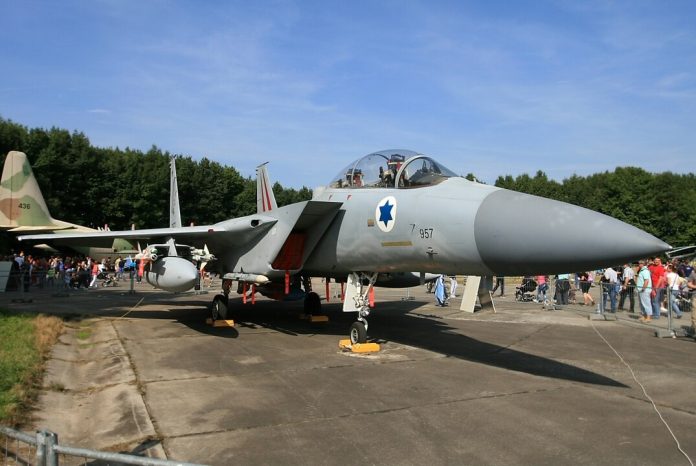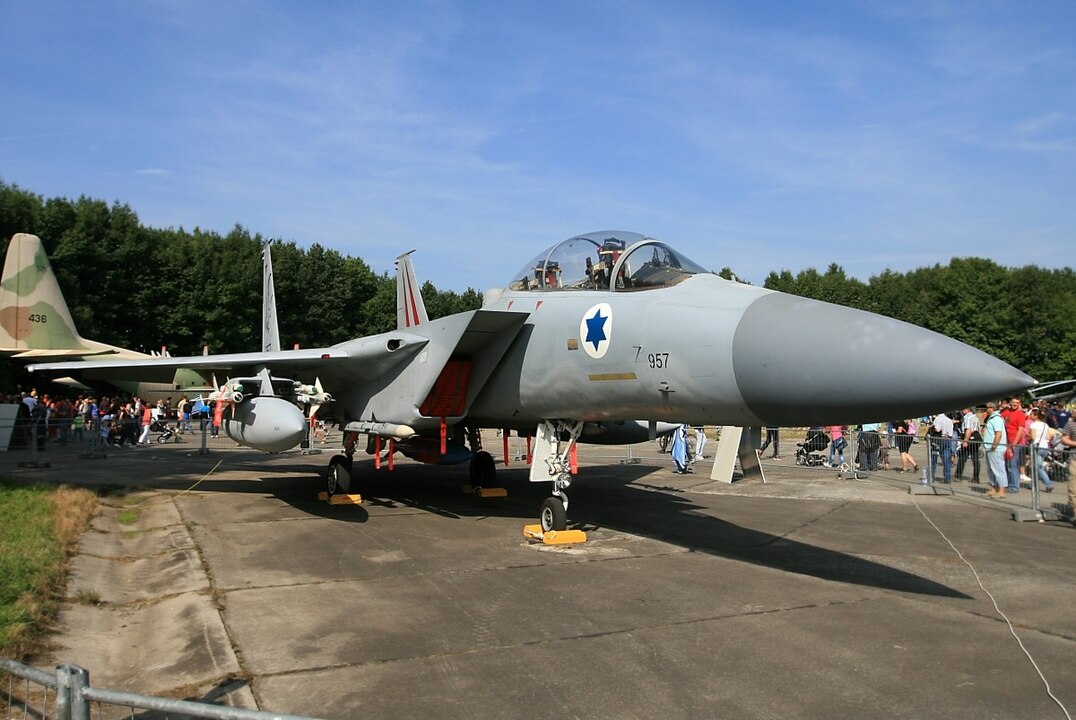
The F-15 Eagle, a stalwart in aerial combat, has long been heralded for its unmatched prowess and resilience. Its capabilities were dramatically demonstrated on May 1, 1983, when an Israeli Air Force F-15D piloted by Zivi Nedivi, with instructor Yehoar Gal, astonishingly landed with only one wing intact after a mid-air collision.

This aircraft has accrued an impressive combat record of over 100 aerial victories without suffering a loss in aerial combat. Its only losses have been attributed to human error or ground incidents unrelated to its robust combat capabilities.
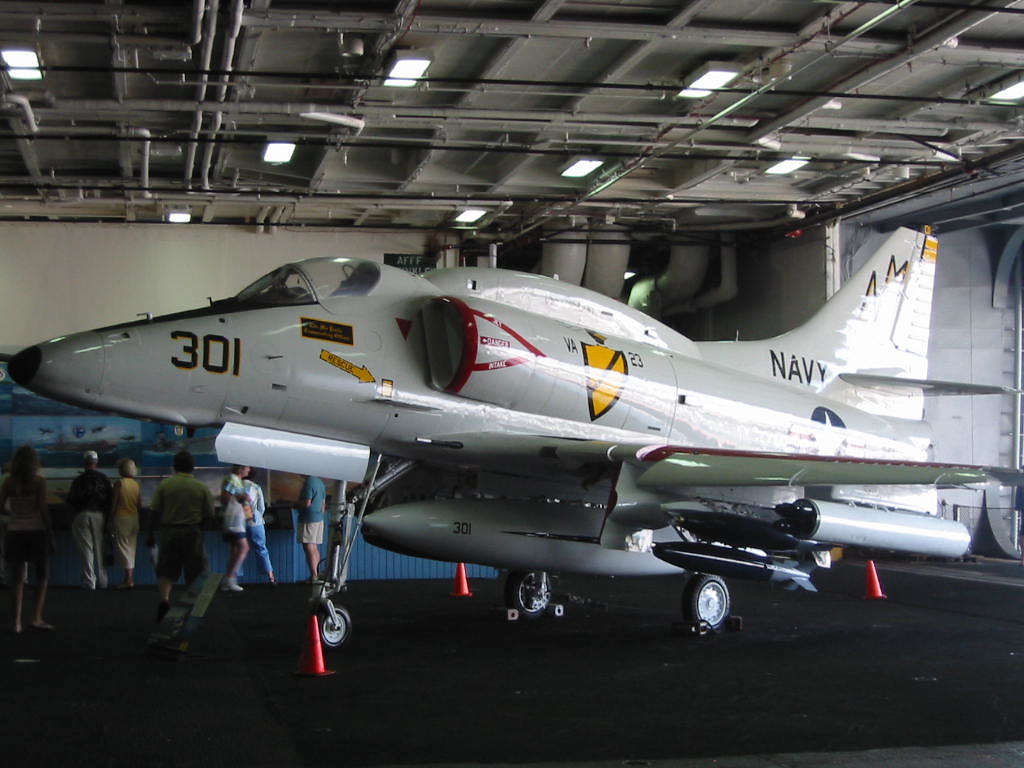
During an airfield defense training exercise over Israel’s Negev desert, two F-15Ds from the 106th and 116th squadrons faced off against four A-4 Skyhawks acting as aggressors.
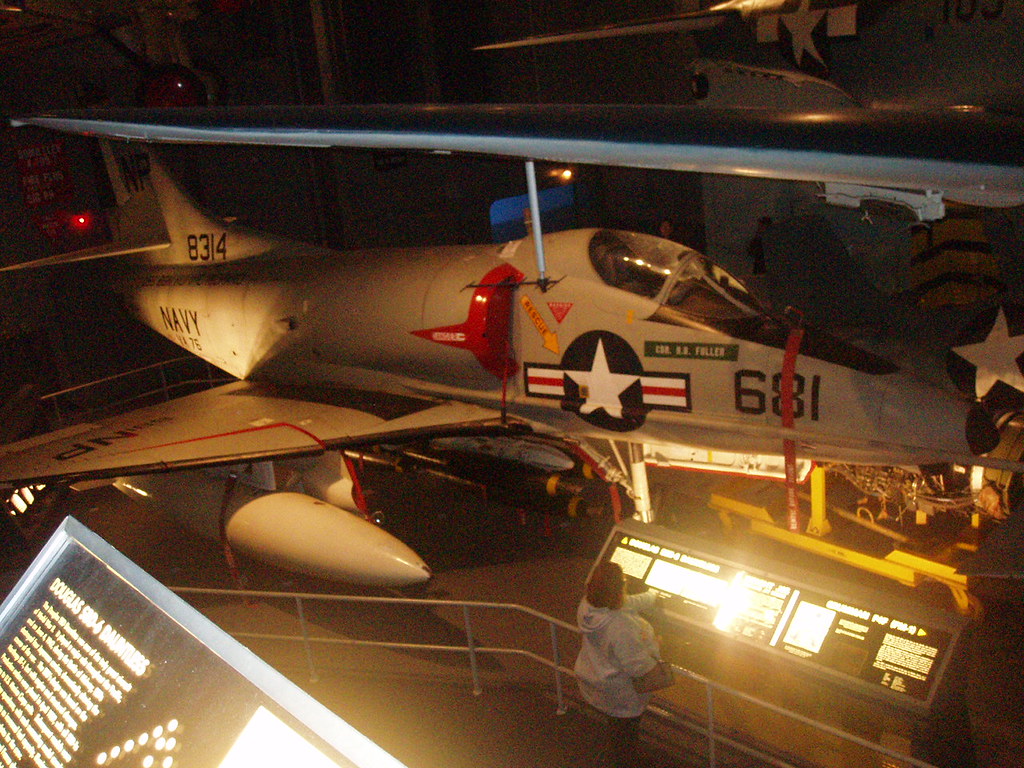
In a twist of fate, Nedivi’s F-15D, known as “Baz” or “Falcon” within the Israeli Air Force, collided with a Skyhawk, resulting in the near-complete shearing off of the F-15’s right wing, leaving only two feet of structure.
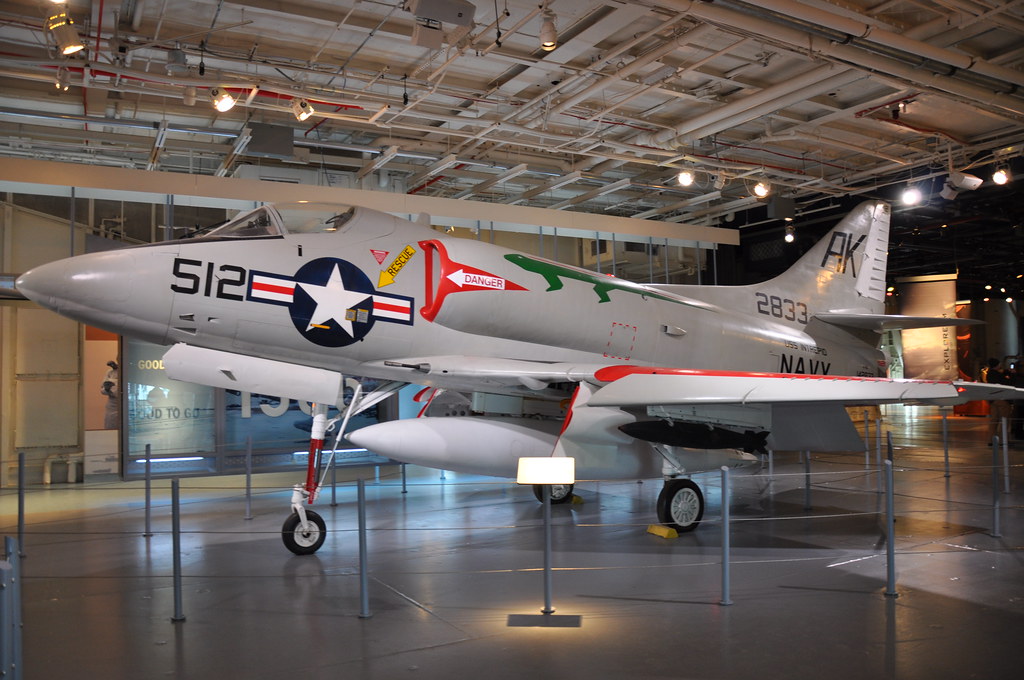
The F-15 entered a spiraling descent, prompting Gal to suggest an immediate ejection. Yet, Nedivi, utilizing the afterburner, defying instinct as they spun towards the ground, regained control of the aircraft.
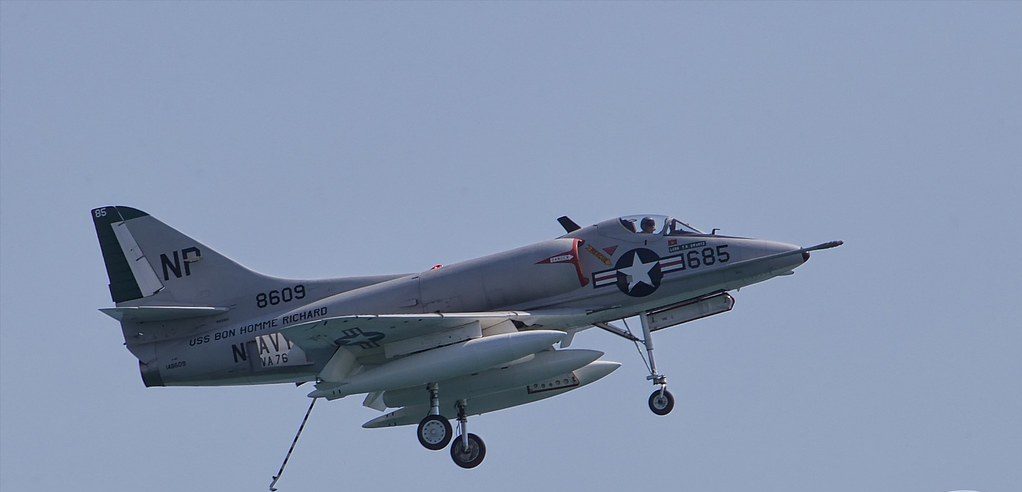
Incredibly, Nedivi and Gal flew ten miles to Ramon Air Base, landing the one-winged fighter at an emergency speed of 260 knots, nearly double the normal landing speed. Nedivi recalled, “A normal approach is around 130 knots, but we made ours at around 250 to 260 knots, about twice that of a normal landing.” The aircraft stopped a mere 20 feet from the end of the runway. It was not until they landed that they realized the extent of the damage; as Nedivi said, “I turned back to shake the hand of my instructor, who had urged me to eject, and then I saw it for the first time – no wing!!!”
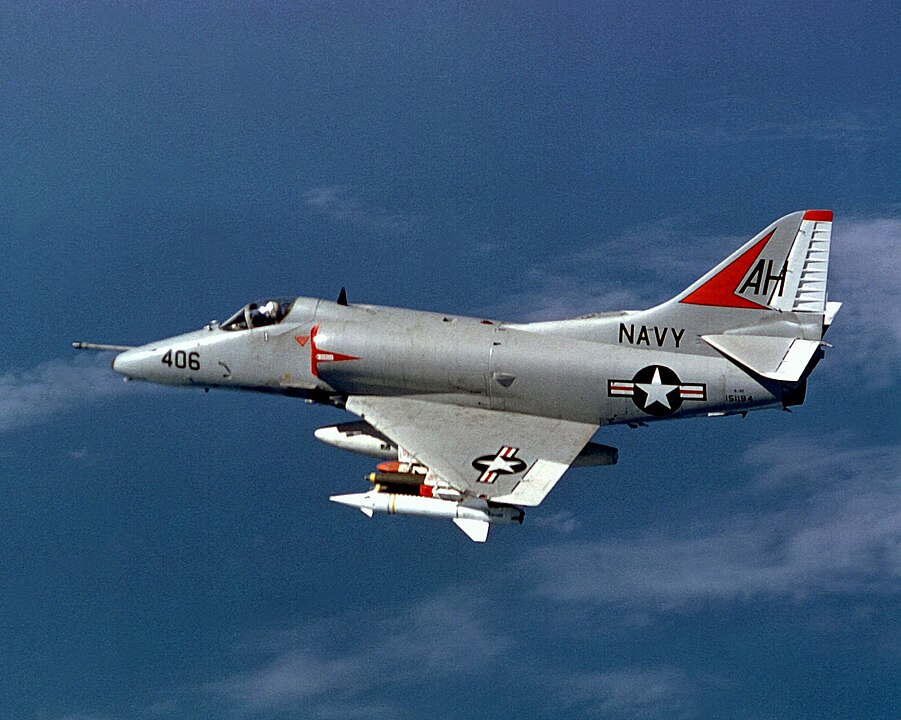
The F-15’s manufacturer, McDonnell Douglas, was initially skeptical, suspecting the damage had occurred while the aircraft was grounded. However, upon inspection and analysis, they recognized the F-15’s broad lifting body, which, if propelled with sufficient speed, functions “like a rocket” without necessitating wings.
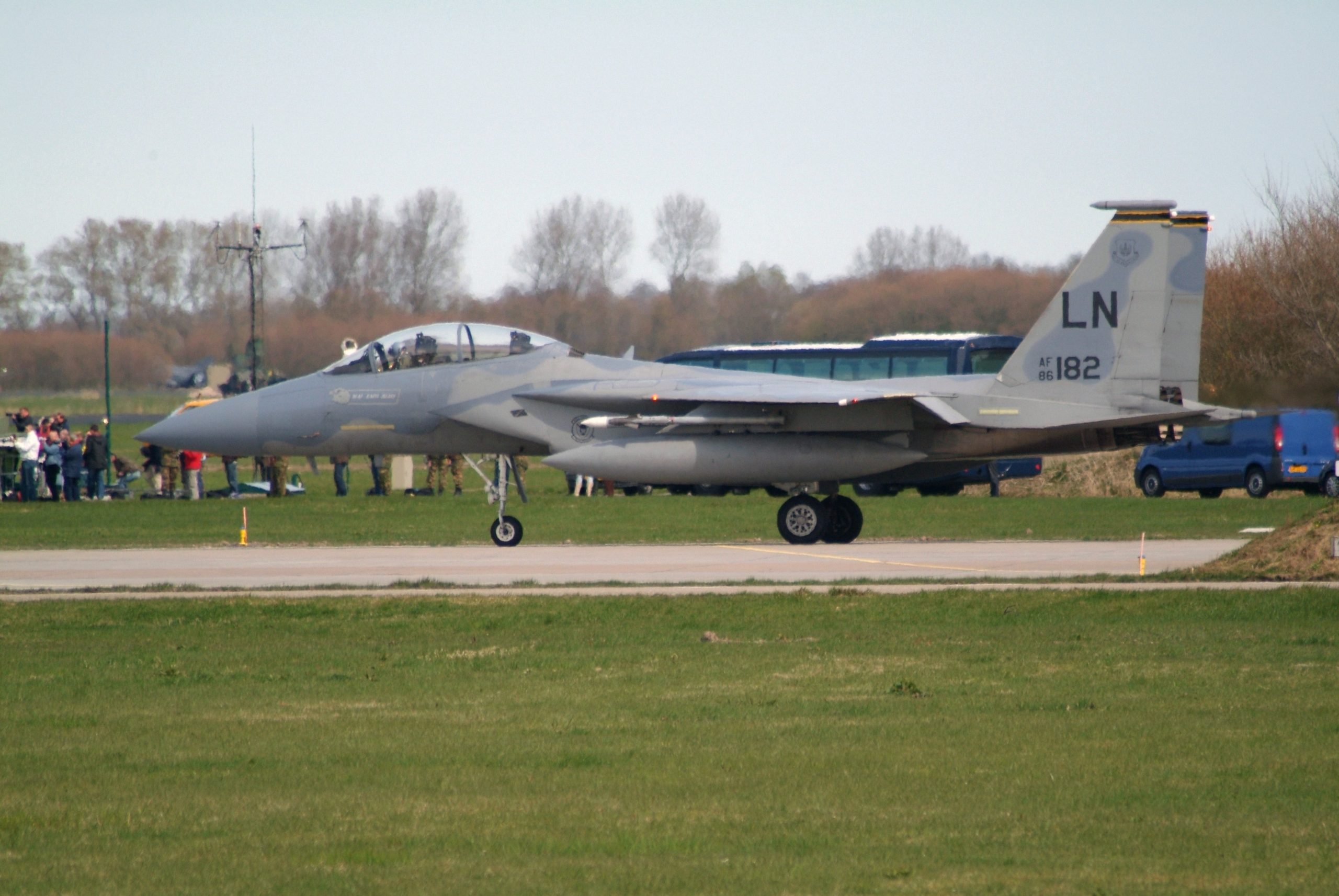
Engineers and analysts were forced to acknowledge the robust airframe and flight control systems that made this unprecedented landing possible.

This resilience is deeply rooted in the F-15’s design philosophy, developed during the Cold War to outmatch the feared Soviet MiG-25 Foxbat.
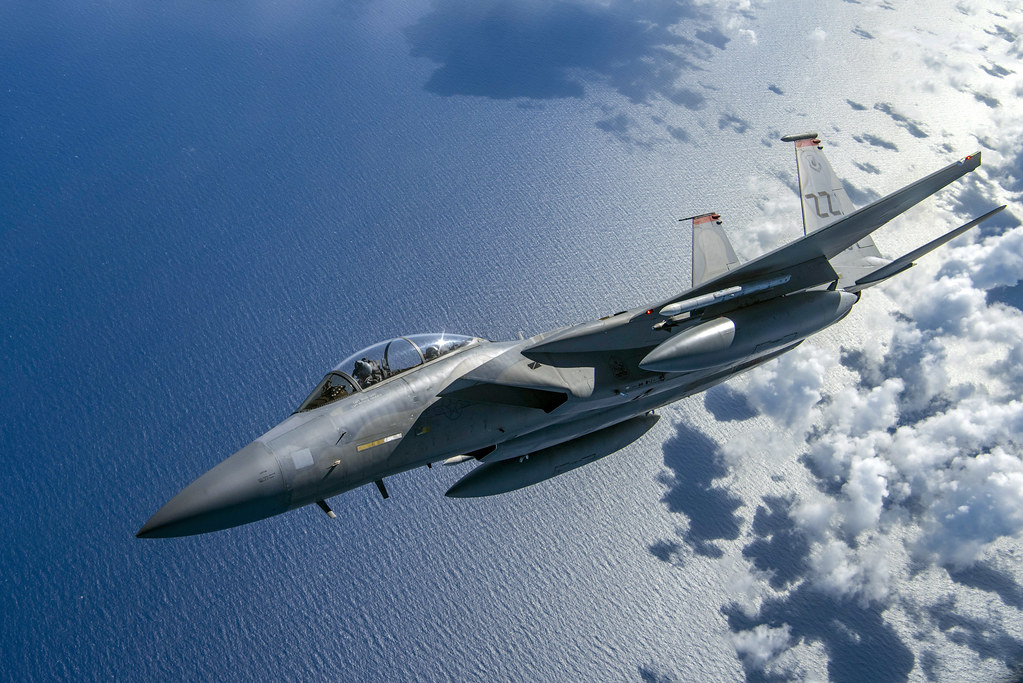
With its powerful Pratt & Whitney F100-PW-220 afterburning turbofans, the Eagle could achieve speeds exceeding Mach 2.5 and climb with an acceleration even while ascending vertically.
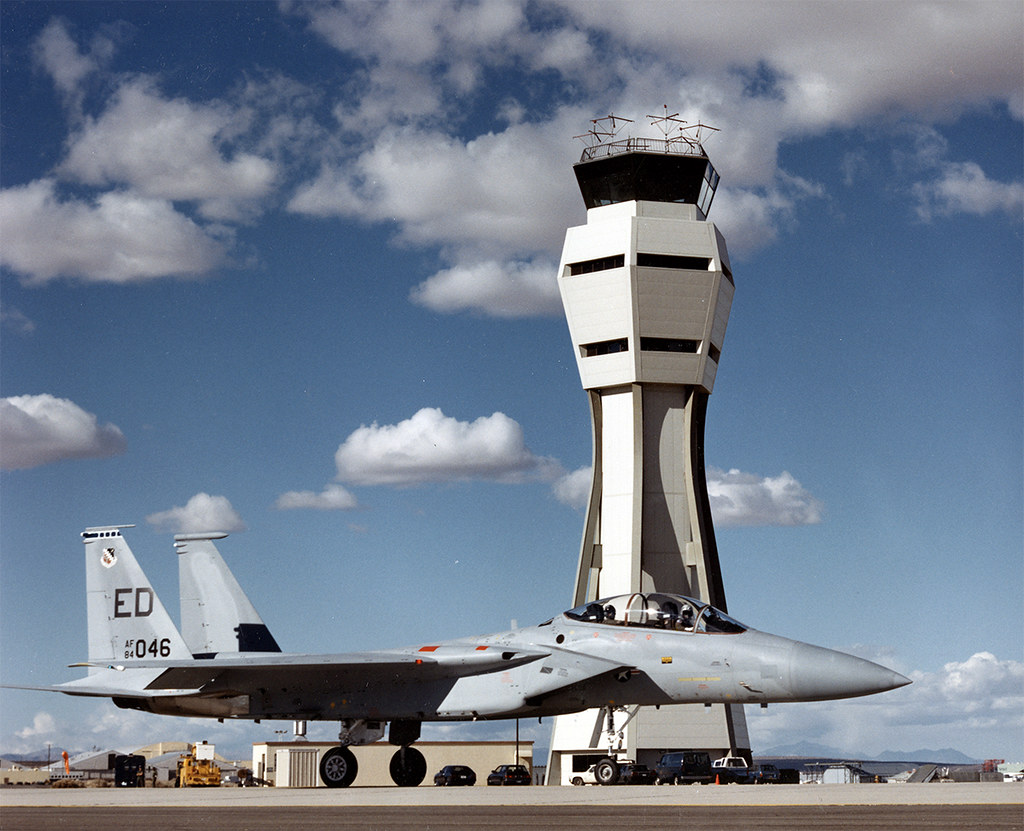
Its high thrust-to-weight ratio and maneuverability were created specifically to counter the Soviet threat, leading to a fighter without comparison.
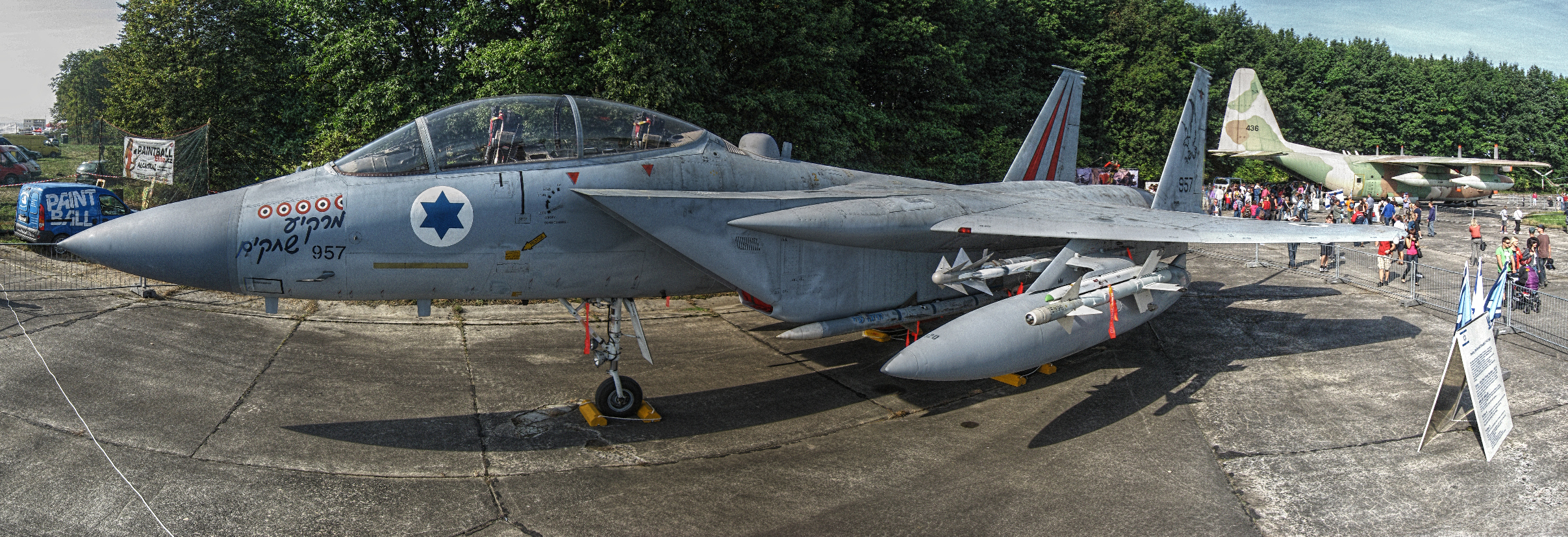
The Baz 957 that Nedivi flew that day was not only repaired but returned to the battlefield. In 1985, it claimed another victory, downing a Syrian MiG-23, proving the F-15’s unparalleled warfighting capabilities.
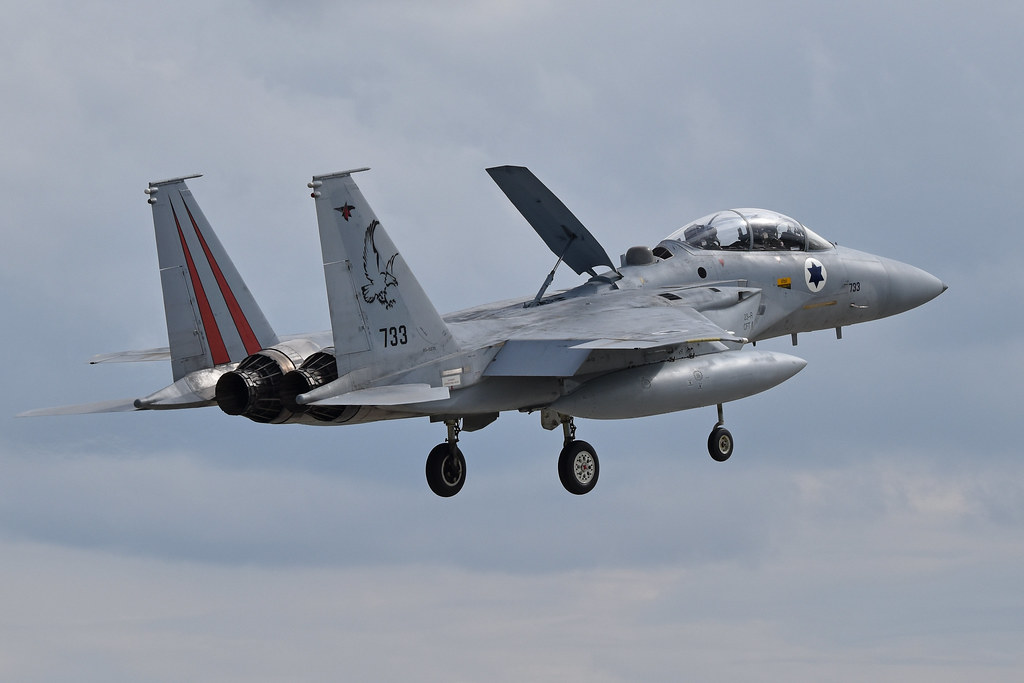
This harrowing episode stands as a testament to the durability and combat efficacy of the F-15 Eagle, illustrating why it remains one of the most formidable air superiority fighters in service, nearly half a century after its introduction.

The anecdote of its survival, with only half its wing structure, continues to captivate and inspire aviation enthusiasts and military tacticians alike.

I don’t think any other aircraft could have taken that amount of damage, or had that portion of its flight surfaces removed and continue to bring us home safely, Nedivi said.
Relevant articles:
– The F-15 Fighter Was So Unstoppable, It Could Land with Just 1 Wing, The National Interest
– This F-15 Was so Hard to Kill That It Flew—and Survived—With Only 1 Wing, The National Interest
– The full story of the F-15 pilot who landed with one wing, Sandboxx
– Did an F-15 airplane successfully land with just one wing?, Skeptics Stack Exchange
